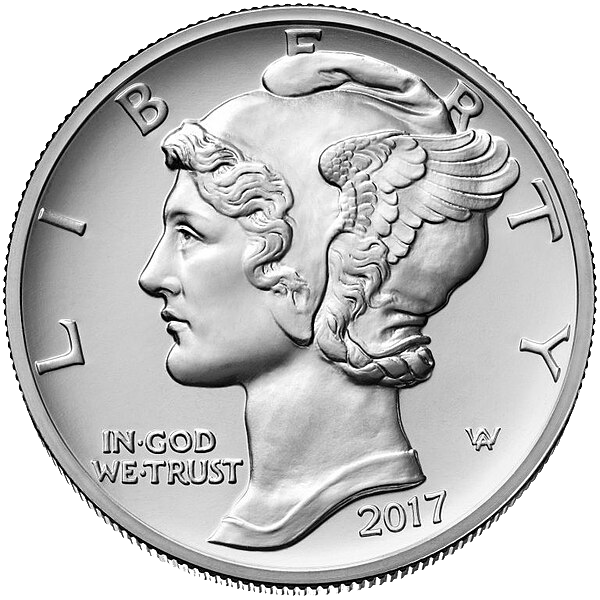American Palladium Eagle

About The American Palladium Eagle Coin

Obverse American Palladium Eagle
Design : Winged Liberty
Designer : Adolph A. Weinman (original Mercury dime)
Design date : 1916
Reverse American Palladium Eagle
Design : Standing eagle with upraised wings pulling a laurel branch out of a rock
Designer : Adolph A. Weinman (original concept for the 1907 American Institute of Architects gold medal)
Design date : 1907

Coin Weights
NA
Specification
Value : 25.00 U.S. dollars (face value)
Mass : 31.120 g (1.0005 troy oz)
Diameter : 34.036 mm (1.340 in)
Edge : Reeded
Composition : 99.95% Pd
Years of minting : 2017–present
Frequently Asked Questions
FAQs
There are three important reasons to consider American Gold Metals Inc. After acquiring your precious metals, we provide a follow-up service designed to keep you informed on economic and/or geopolitical events that could affect the gold or silver market. Keeping you informed in real time allows you to be proactive in your decisions.
Second: We are a member of NGC (Numismatic Guarantee Corporation), PCGS (Professional Coin Grading Service) and ANA (American Numismatic Association). We are also a company with decades of precious metals experience. We believe that integrity still matters and our record of service to our clients is a priceless commodity.
Finally by substantially reducing overhead costs, and running a more efficient, customer oriented business, we are able to provide the very best prices for precious metal products.
Setting up a precious metals IRA involves several steps:
- Choose a custodian: Select a reputable custodian specializing in self-directed IRAs that handle precious metals.
- Fund the account: Transfer or rollover funds from an existing IRA or 401(k).
- Purchase metals: Work with a dealer to buy IRS-approved precious metals.
The Palladium Eagle’s reverse design is based on Weinman’s 1907 American Institute of Architects (AIA) medal design.[1][2] The Mint was directed to obtain an independent study of whether there would be enough market demand to justify the issuance of the piece; it voided its first contract for such a study on learning that the contracted firm had ties to the palladium industry.[3] The contract was re-awarded to New York-based CPM Group, which conducted the necessary research between May and July 2012.[4] On March 1, 2013, the Mint submitted a report to Congress based on the study, finding that demand would most likely not be sufficient to sustain a market in palladium bullion coins.


